China’s pork demand and Denmark’s expertise are driving a fast-growing partnership in pig farming.
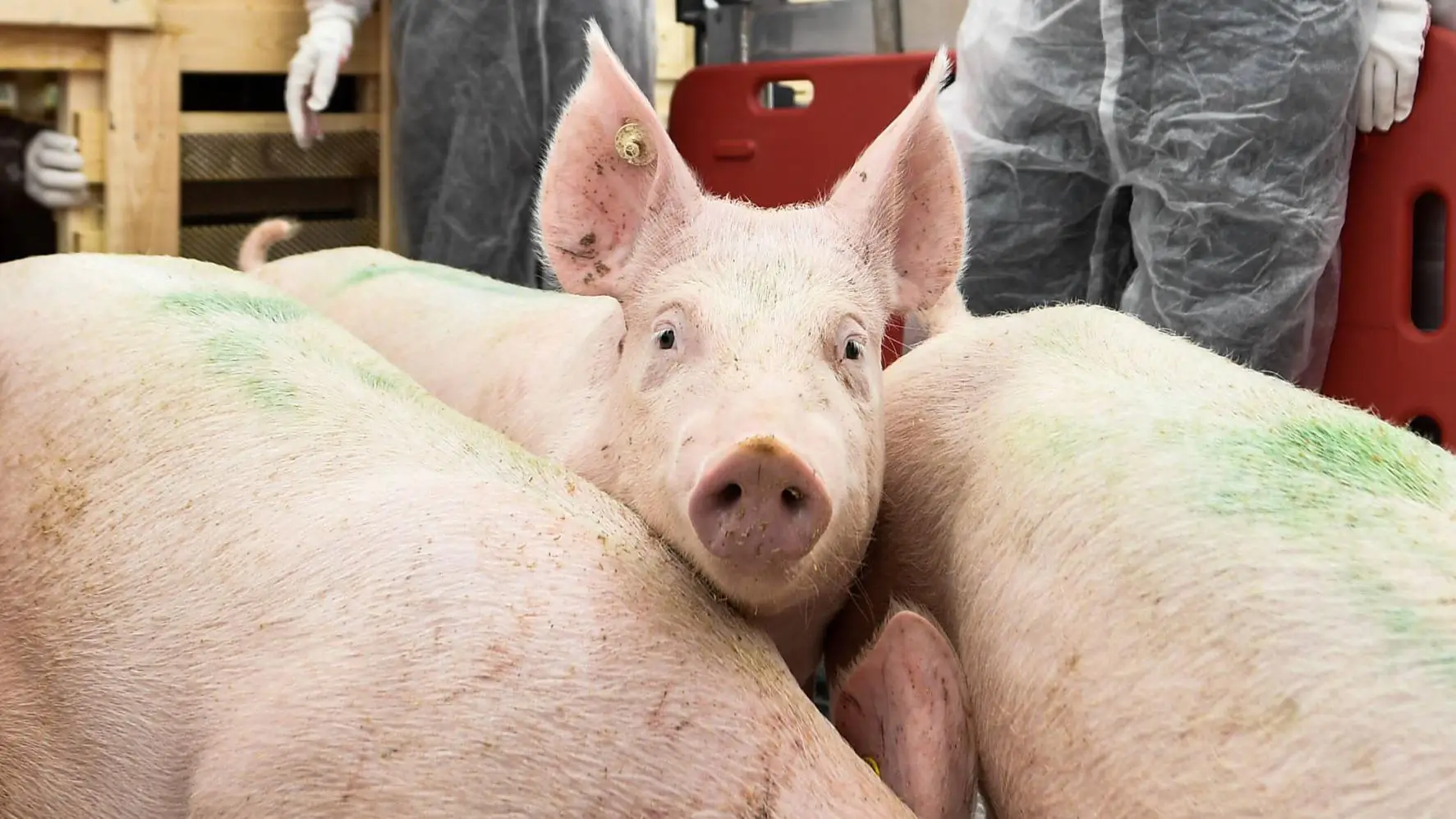
China and Denmark have steadily strengthened cooperation in pig farming, combining their complementary strengths to build a sustainable and mutually beneficial relationship.
Denmark has long been one of China’s main sources of breeding stock. Data from the China Animal Agriculture Association and customs authorities show that Danish imports accounted for more than 40% of China’s total breeding stock in 2022.
The Danish Agriculture & Food Council reported that Denmark shipped 210,000 tons of pork to China in 2023, underscoring the close agricultural trade ties between the two countries.
China is the world’s largest consumer of pork, representing about 45% of global demand. With a growing focus on efficiency and environmental sustainability in agriculture, the country has sought to leverage Denmark’s expertise.
Long-time partnership
Denmark is recognized as a global leader in pig farming thanks to its cooperative-farmer production model, its technology for producing specific pathogen free breeding stock, and its advanced farm management systems.
What began as trade and technology transfer has since expanded into joint research and development, production management, quality control, and coordinated market development across the pork value chain.
The China-Europe freight train has played an important role by shortening delivery times for Danish pork compared to sea transport, boosting its competitiveness in the Chinese market.
At the same time, Chinese processors and traders have begun importing Danish byproducts such as whey protein, creating an increasingly integrated supply chain.
Both countries also share a strong commitment to green agriculture. Denmark’s crop-livestock integration model, which recycles nearly all livestock waste, is closely aligned with China’s rural revitalization strategy, which emphasizes low-carbon growth and environmentally responsible development.
Precision production
Challenges remain. These include adapting Danish breeding stock to China’s local production conditions, managing volatility in global feed prices, and encouraging broader adoption of new technologies.
However, these hurdles have also spurred more intensive collaboration in areas such as joint research, talent training, data sharing, and financial partnerships.
According to the Danish Agriculture & Food Council, the scale of the Chinese market combined with the precision of Danish production technology is now reshaping the global agricultural value chain.
Cooperation in pig farming, it noted, has not only modernized agriculture and animal husbandry in both countries but also reflects a shared vision for food safety, green growth, and agricultural modernization.
Subscribe now to the technical pig magazine
AUTHORS
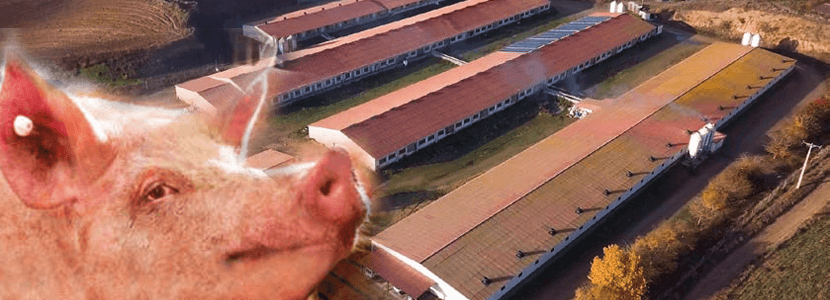
Bifet Gracia Farm & Nedap – Automated feeding in swine nurseries

The importance of Water on pig farms
Fernando Laguna Arán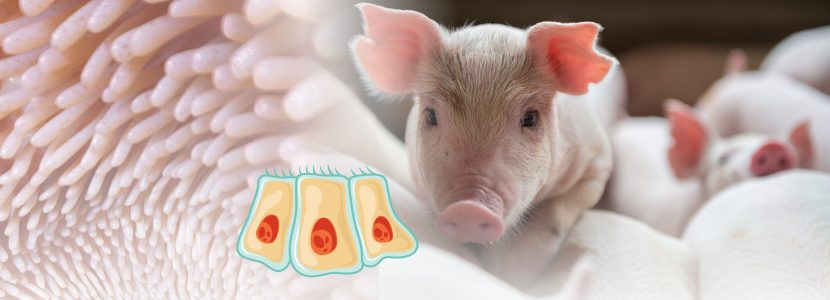
Microbiota & Intestinal Barrier Integrity – Keys to Piglet Health
Alberto Morillo Alujas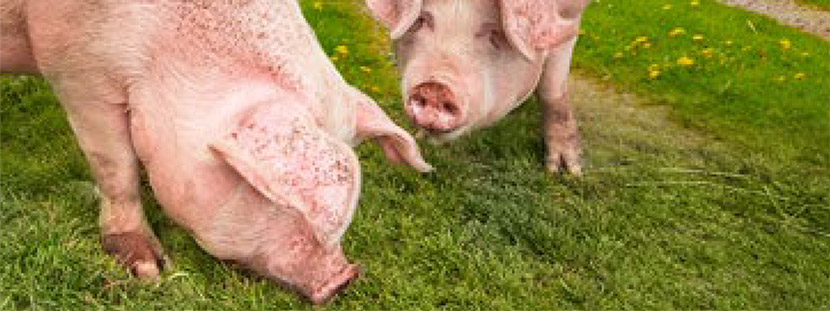
Impact of Reducing Antibiotic use, the Dutch experience
Ron Bergevoet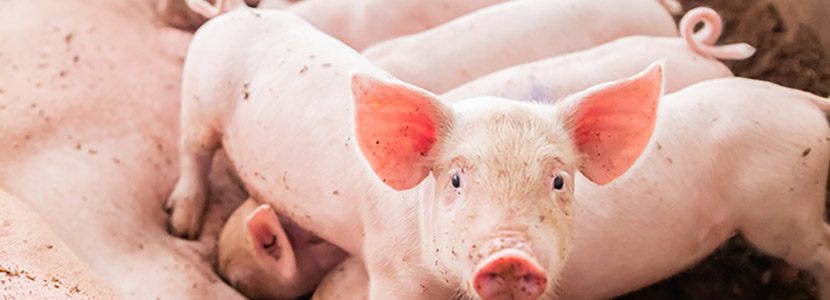
The keys to successful Lactation in hyperprolific sows
Mercedes Sebastián Lafuente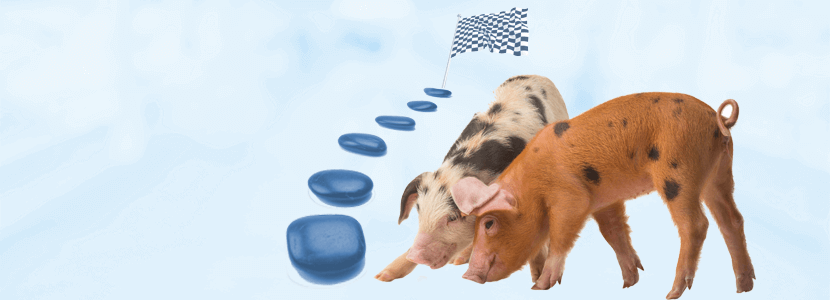
Addressing the challenge of Management in Transition
Víctor Fernández Segundo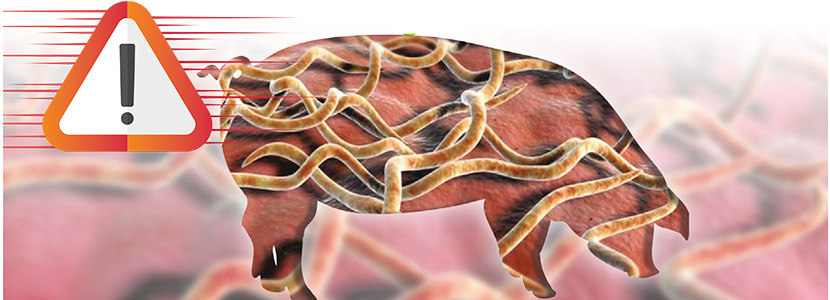
Dealing with the rise of Swine Dysentery
Roberto M. C. Guedes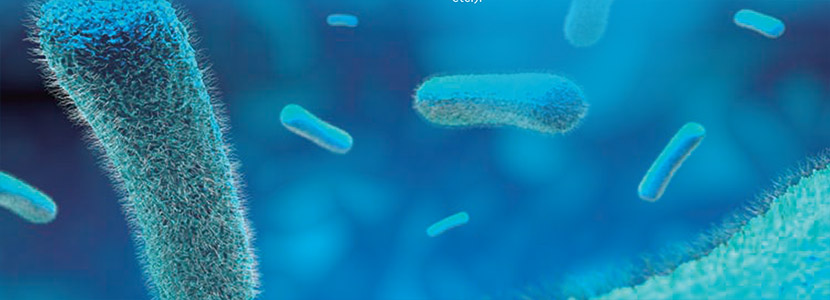
Actinobacillus pleuropneumoniae – What are we dealing with?
Marcelo Gottschalk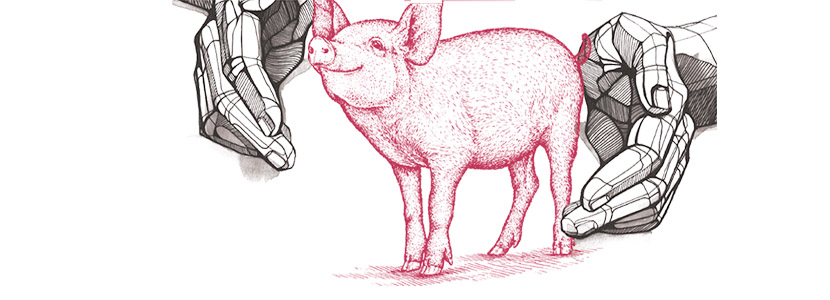
The new era of Animal Welfare in Pig Production – Are we ready?
Antonio Velarde
Gut health in piglets – What can we do to measure and improve it?
Alberto Morillo Alujas
Interview with Cristina Massot – Animal Health in Europe after April 2021
Cristina Massot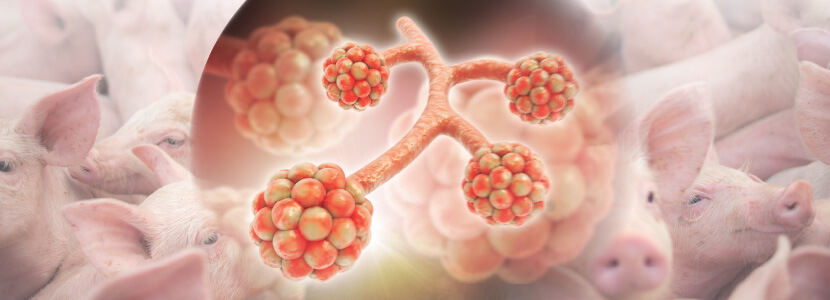
Differential diagnosis of respiratory processes in pigs
Desirée Martín Jurado Gema Chacón Pérez